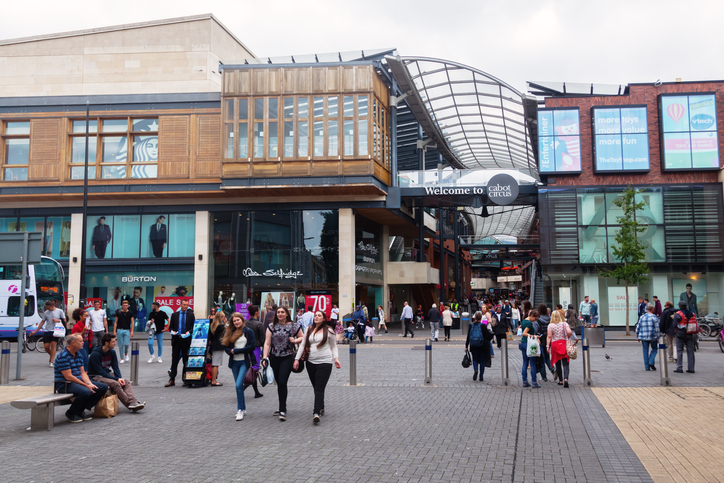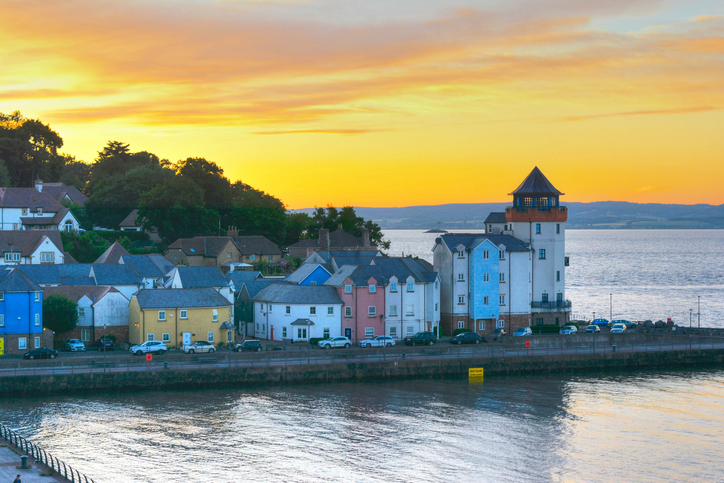Portishead
Overview
Portishead’s history dates back to Roman times. Its name derives from the ‘port at the head of the river’. The town was built at the mouth of a small tributary; indeed the High Street once met the water at the top of the river. Iron rings, evidence of where the old fishing boats used to moor can still be seen today on the street’s stone walls. The town retains a slightly old-fashioned atmosphere where local traders and shopkeepers know the many faces of their customers. The town centre is a particularly friendly place to visit with wide pavements and colourful flower arrangements throughout the main thoroughfare during the summer period. The dominant architecture is early Victorian with many buildings maintaining their original features. Around 1836 at the height of the iron and steel era, a deep-water dock was built to facilitate the large ships that brought valuable cargoes from across the globe and exported local products overseas. For over 50 years a major coal-fed power station operated alongside the dock. Ships carrying coal were commonplace in Portishead Docks. Industrial activities ceased in the dock with the closure of the Power Station in 1980. The dock has however been well preserved and is now the centre of a new and exciting marina development attracting interest from all over the country. When work is finished, the new marina will provide over 400 floating berths and approximately 100 dry berths for a range of sailing and leisure craft. The mouth of the dock sits on the edge of the deep water shipping channel of the Bristol Channel where large ocean going super-tankers and coasters as well as a host of pleasure craft can be seen regularly sailing the waters.

Bristol, UK Entrance of Cabot Circus in Broadmead, Bristol shopping centre.

The setting sun glows yellow over Portishead jetty
